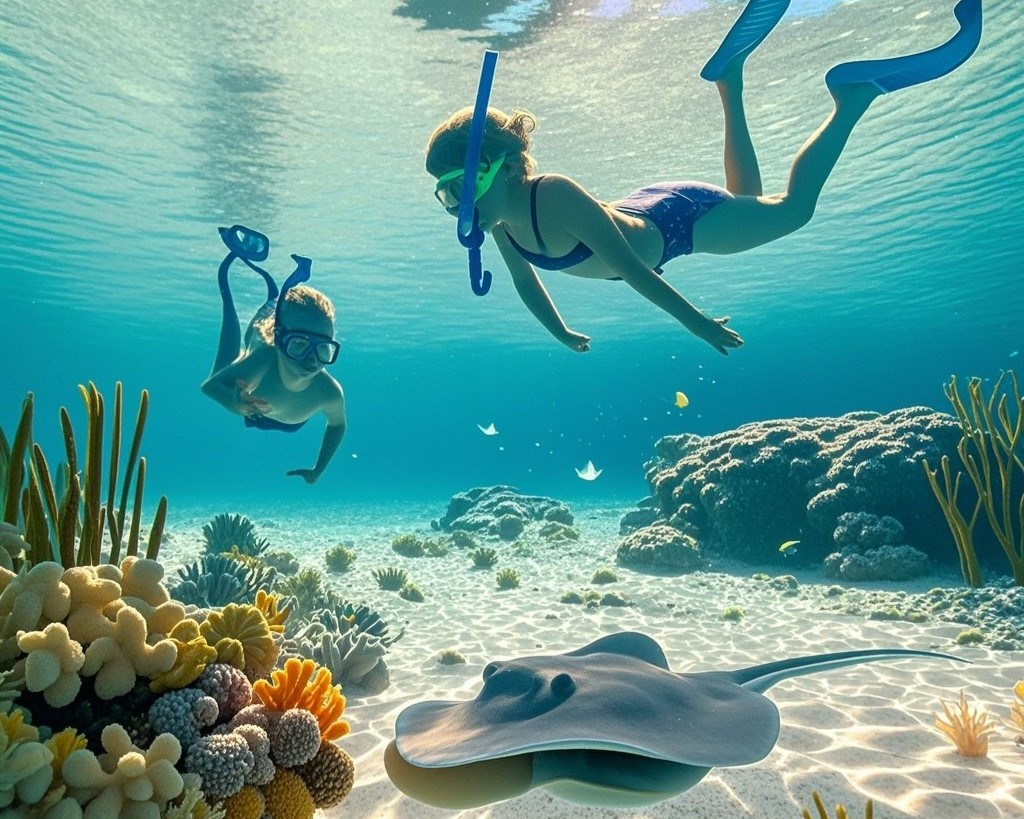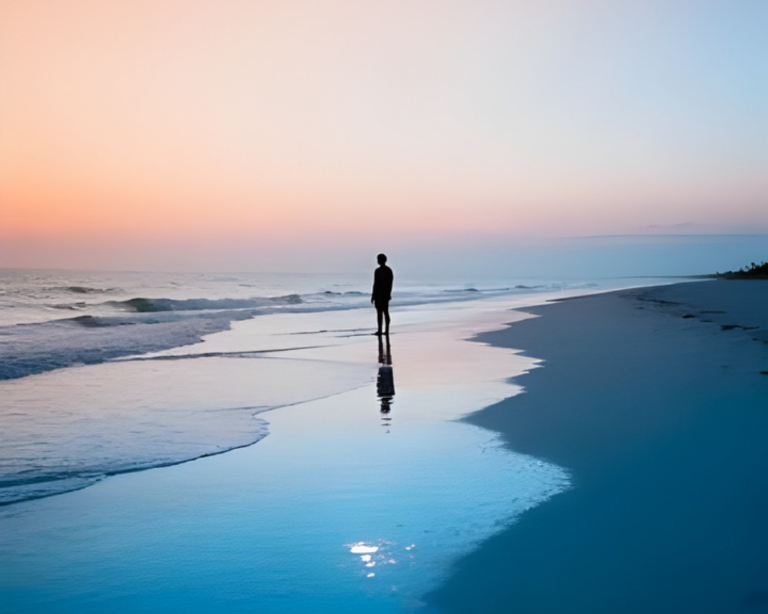Sanibel’s underwater world teems with color and life—an unseen paradise just below the surface …
Sanibel’s underwater world shimmers like stained glass beneath the waves—quiet, strange, alive. “It’s where the ocean whispers its best-kept secrets,” says marine guide Marla. Florida Fish Watch. The first time I saw a stingray glide past my toes, I froze. It’s eerie… but beautiful. Curious? Keep reading.
Stingrays – The Silent Gliders
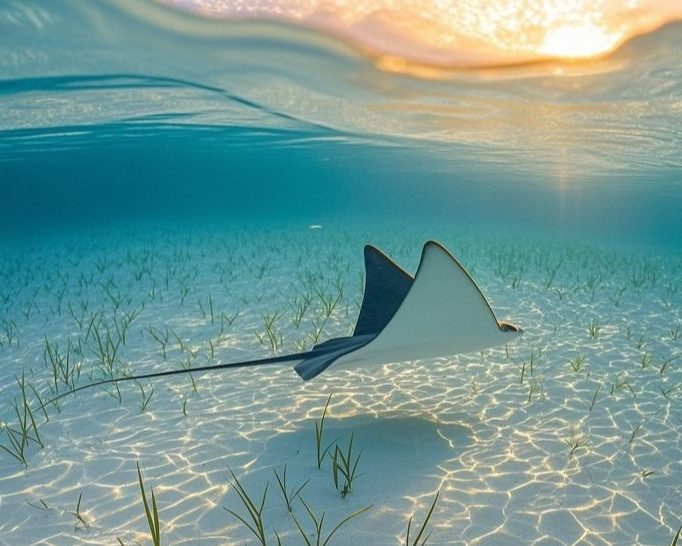
You don’t hear them. You feel them—like a flutter in the water. Stingrays move like silk in slow motion, smooth and spooky, almost invisible against the sandy seafloor.
“They sense prey through tiny electrical pulses—like built-in radar,” says Dr. Collins, marine ecologist. NOAA Marine Life Database.
The first time I saw one, I thought it was a floating leaf—until it flapped and vanished. No splash. No sound. Just gone.
What Makes Stingrays So Unique?
- They don’t bite—they glide.
- Their mouths are on the bottom of their bodies.
- Some species flap like birds underwater.
- Their tail can sting, but they’re not aggressive.
- You can find them near shore at low tide, especially early morning.
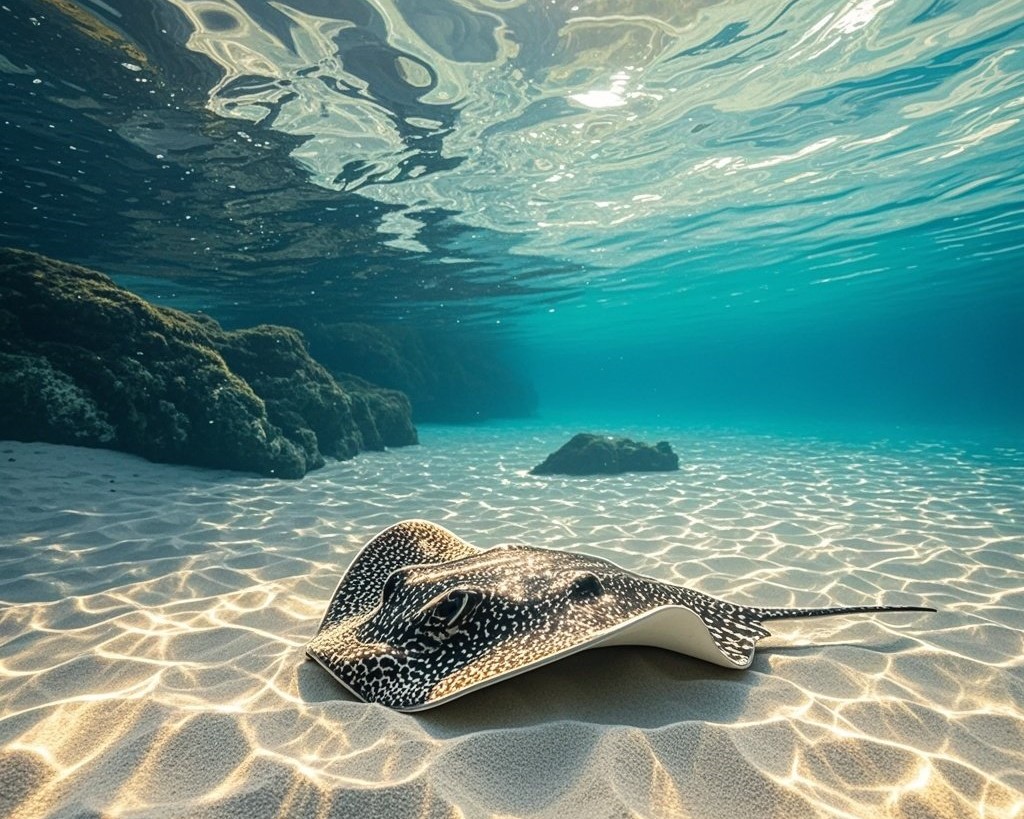
Pro Tip: Shuffle your feet
Locals call it the “stingray shuffle.” When walking in shallow water, drag your feet instead of stepping—stingrays feel the vibration and swim away. It’s simple, smart, and keeps everyone safe.
You don’t need scuba gear. Sometimes, all it takes is standing still in the shallows and watching. Look close. The ocean’s ballet dancers are just beneath your toes.
Funny-Looking, Deadly-Serious: Meet the Pufferfish
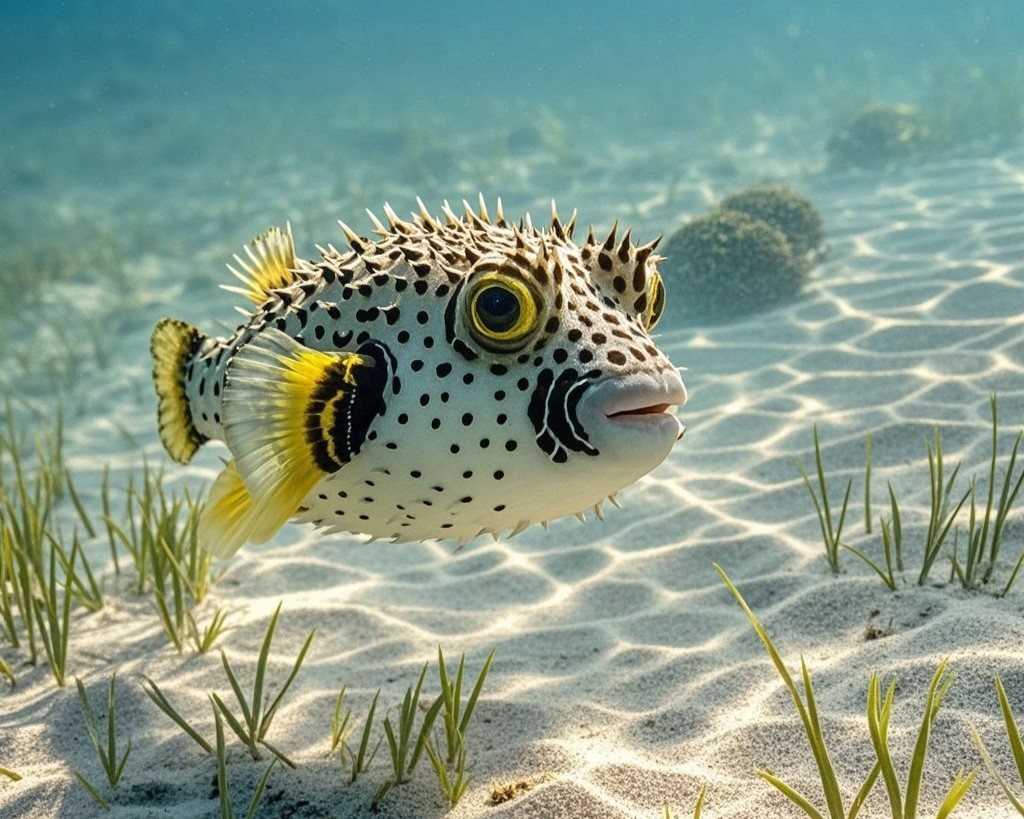
It looks like a cartoon balloon, but behind that cute face is one of the most toxic creatures in the sea. Pufferfish defend themselves by quickly gulping water—or air if caught—causing their bodies to inflate into a spiky ball. This sudden transformation helps them avoid predators. In just seconds, they can double in size and float like a little sea mine, then slowly deflate and drift off as if nothing happened.
Little Balloon, Big Defense
- They inflate when scared—not to attack, but to avoid being eaten.
- Only a few predators can eat them (like tiger sharks).
- They’re not aggressive—but don’t touch them!
- Their toxin, tetrodotoxin, has no known antidote.
- Pufferfish in Sanibel usually hide near rocks and seagrass.
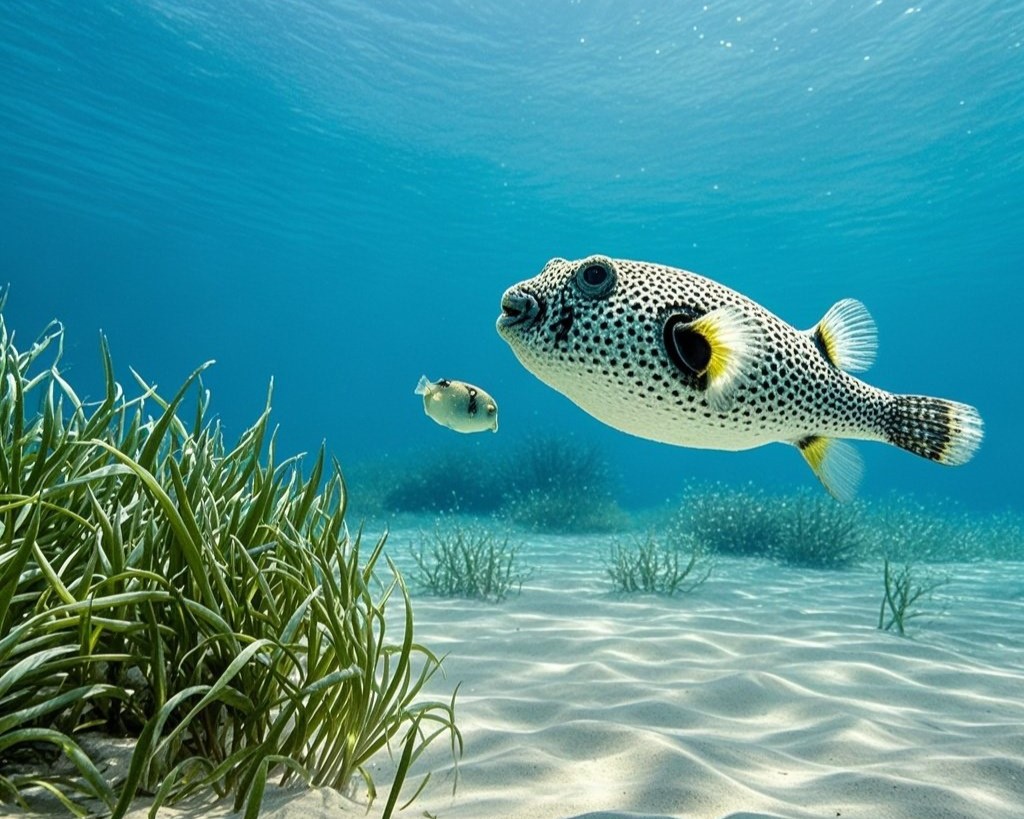
Did You Know?
Some people eat pufferfish on purpose. It’s called fugu in Japan. But only licensed chefs are allowed to prepare it—one wrong cut and it’s deadly. Here in Sanibel, you’re better off just admiring them from a safe distance.
Pufferfish are nature’s little pranksters. They puff, scare, then drift off like nothing happened. They’re strange, funny, and a little scary—like ocean clowns with a secret weapon.
Magical Light Beneath the Waves
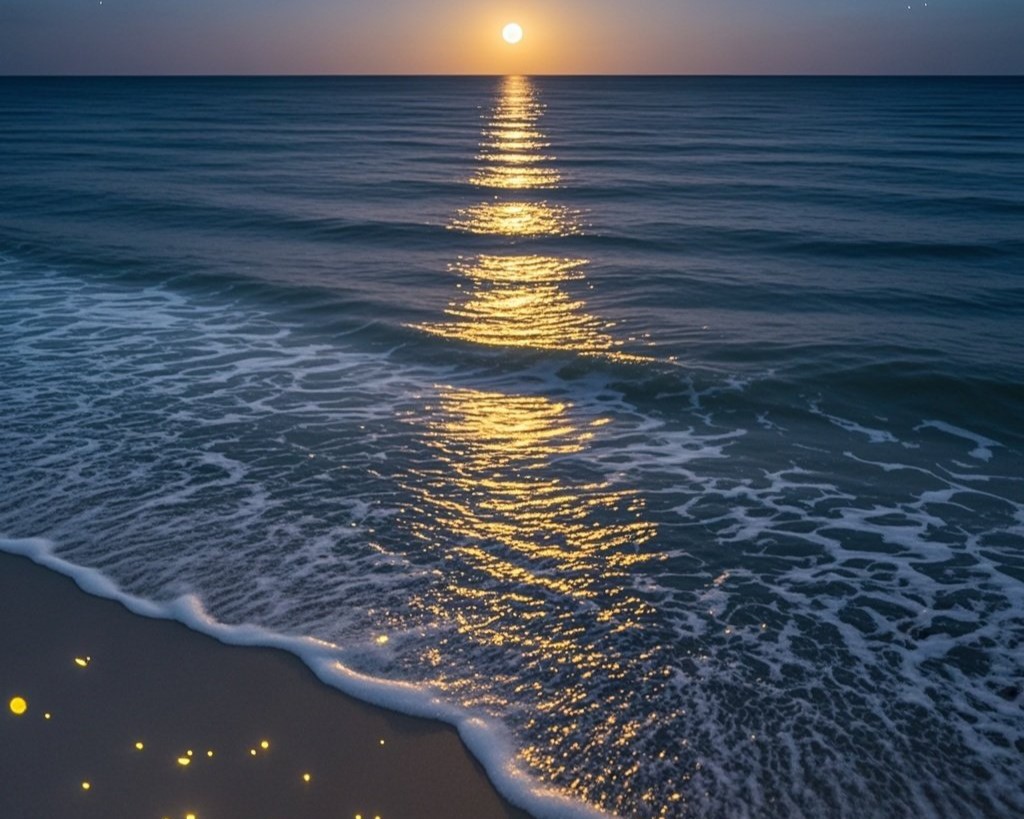
I stood ankle-deep once, and every step lit up the water like stardust. It felt unreal—like the ocean was alive with tiny lanterns. This isn’t magic. It’s bioluminescence—a natural light show created by tiny creatures called dinoflagellates.
They light up when disturbed. A fish swims? It sparkles. A paddle hits the water? A ripple of blue follows. It happens only when the night is really dark, the water calm, and the air still.
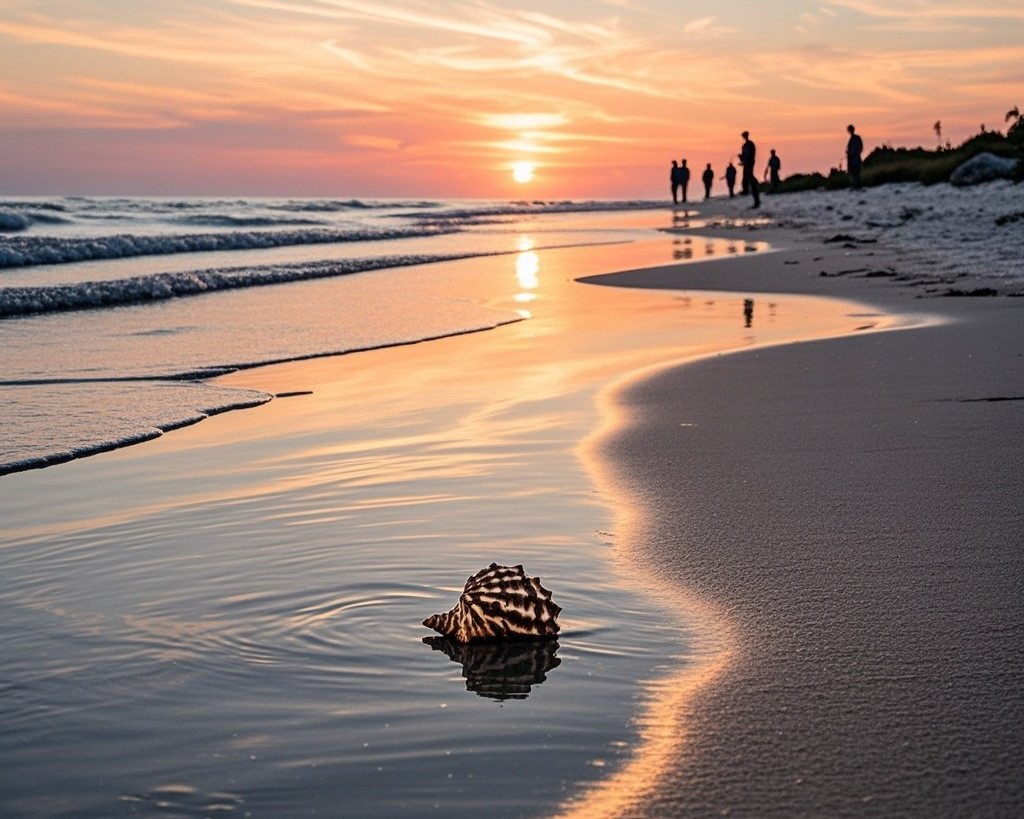
The glowing usually peaks in late summer, right after sunset. You won’t always find it—but when you do, it stays in your memory like a dream. The glow doesn’t last long. It flares, flickers, then fades… and that’s what makes it so special.
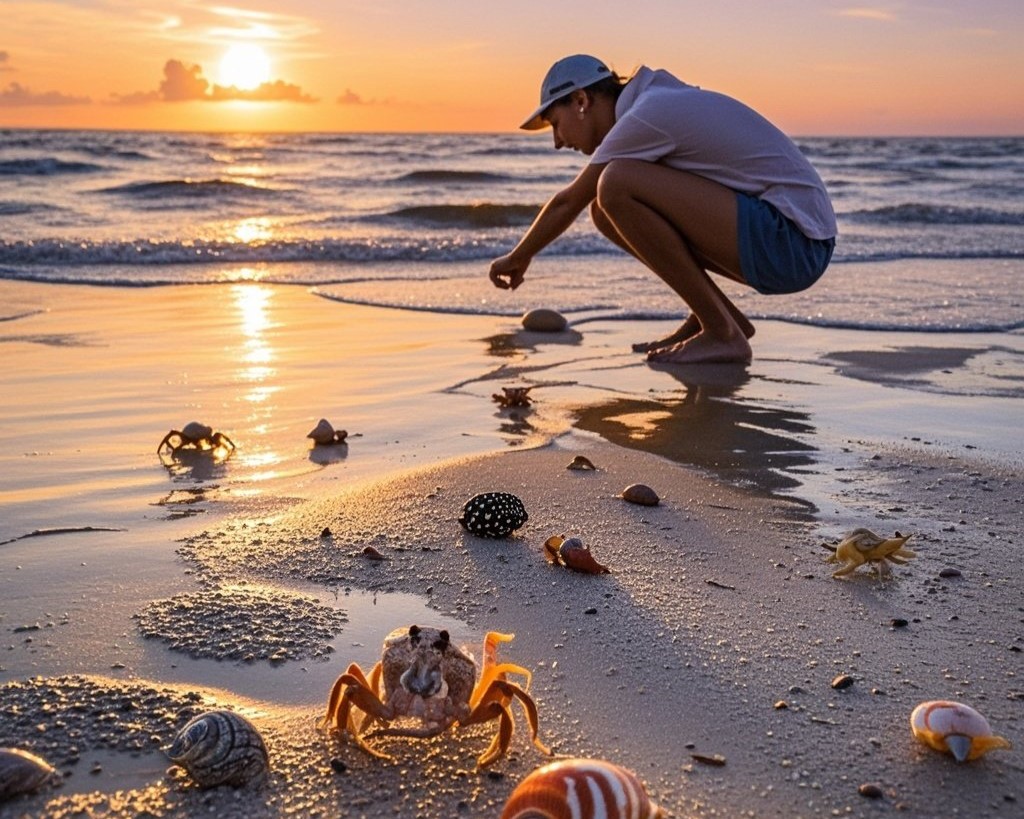
Planning Your Visit?
Here’s what you should remember:
| What to See | Best Time | Where to Go |
| Stingray Gliding | Early morning | Shallow shores, calm bays |
| Pufferfish in Hiding | Midday, low tide | Near rocks and seagrass |
| Glowing Waters (Bio) | Moonless summer nights | Quiet beaches, no light pollution |
Not everyone sees it. But those who do never forget.
Conclusion: One Last Look Before You Go
Sanibel’s underwater world is more than just pretty fish and soft waves. It’s a quiet place full of surprises—stingrays that glide like dancers, fish that puff up like balloons, and glowing water that flickers like stars. It stays with you. Long after your feet leave the sand.
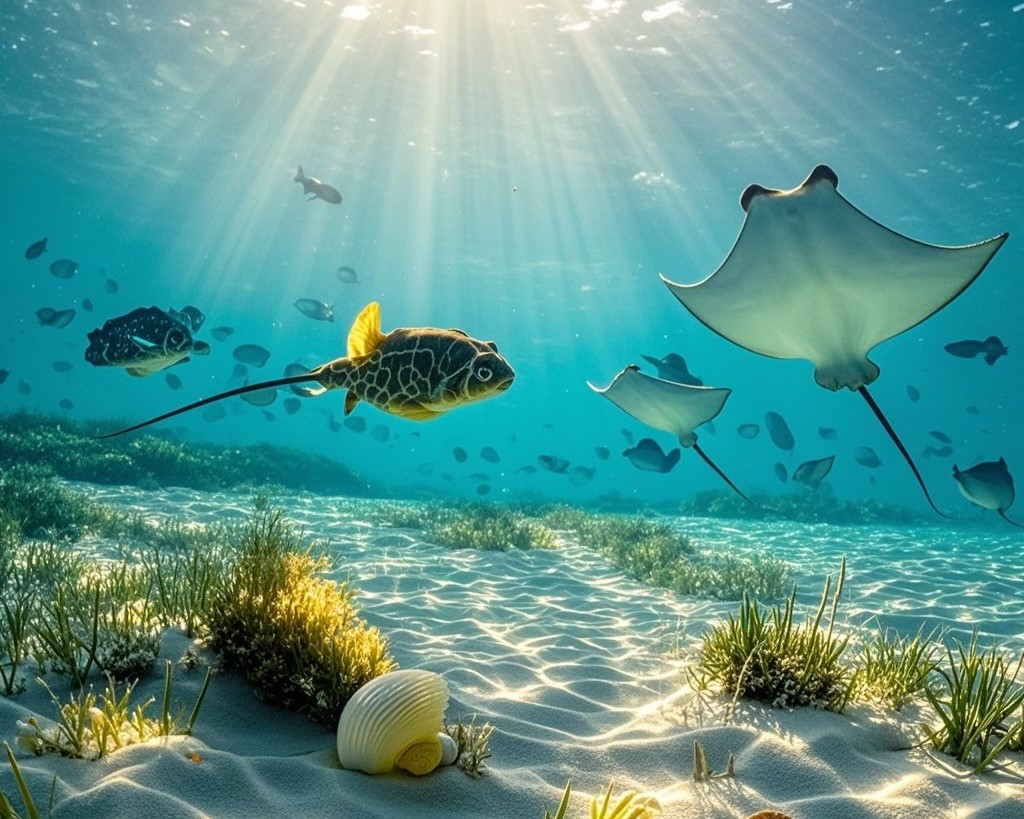
Tips Before You Go
- Walk slowly in shallow water—stingrays will move if they feel you coming.
- Don’t touch wildlife. Take pictures, not souvenirs.
- Bring a flashlight with a red filter if you’re looking for glow—white light scares it away.
- Always check tide charts and local conditions first.
- Want to avoid crowds? Go during the week or early mornings.
Follow SanibelIslandGo on their blog and social media to keep discovering more secrets and tips about Sanibel’s underwater wonders. Stay connected with a community that loves the sea and nature just like you.
When you’re ready, start planning your visit to Sanibel—because these ocean treasures won’t wait forever!
Thanks for diving into this adventure with us!

I’m Ayla Wolesky, and I’ve spent years exploring every corner of Sanibel Island. From its pristine beaches to the hidden gems only locals know about, I’m passionate about sharing everything this beautiful island has to offer. Whether it’s the best spots for shelling, the wildlife that makes Sanibel so special, or where to enjoy a perfect sunset, I’ve got you covered. My goal is to provide insider tips and up-to-date information that will help you experience Sanibel Island like never before.


